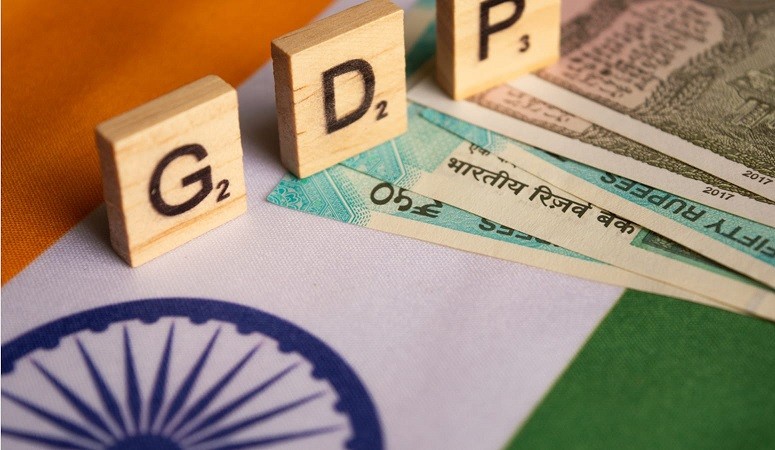
CHENNAI: According to Kotak Securities Ltd., the gradual economic recovery of low-income households following the COVID-19 pandemic has contributed to the nation's overall economic recovery.
In a research report, Kotak Securities stated that, on a three-year compounded annual growth rate (CAGR) basis, India's economic recovery appears to be lukewarm following the Covid-19 outbreak. The main economic indicators show a delayed post-pandemic recovery, with vehicle sales, credit growth, electricity demand, GDP, and goods and services tax (GST) collections all expanding more slowly than anticipated.
According to Kotak Securities, the slow 'repair' in the income of low-income households is to blame for the weaker-than-anticipated recovery. The report said that it might take a few more quarters for growth to fully recover. Despite increasing 13.5 percent year-over-year in the first quarter of FY23, India's GDP increased at a 1.3 percent CAGR during the previous three years (YoY).
The survey-based employment data, per the paper, point to the possibility that not all of the jobs lost to the pandemic in India have been fully recovered. Although formal job creation has been strong, the work situation for lower-income people are still precarious because MNREGA employment seeking has not yet reached pre-pandemic levels, according to the research.
Employment and income may not reach pre-pandemic levels for a few more quarters. On a three-year CAGR basis, the six-month GST collections in FY23 saw rise of 13.8 percent.
Higher GST collections during this time period may have been facilitated by the high wholesale pricing index (WPI) over the previous couple of years. Over the coming months, it is anticipated that the WPI will trend considerably lower. Collections have increased faster than nominal GDP growth (9.5 percent on a three-year CAGR), indicating that the tax base has widened somewhat.
India's industrial growth indicators appear positive on a year-over-year basis but lose their lustre when looked at on a three-year CAGR basis. For example, the demand for electricity increased at a three-year CAGR of 4.7 percent while diesel consumption decreased by 0.4 percent in 5MFY23.
Despite significant government and household investment, gross fixed capital formation (GFCF) has experienced a modest 3.0 percent CAGR over the past three years.
Kotak Securities said, there hasn't been much of a recovery in private consumption, with PFCE increasing at a three-year CAGR of 3.2 percent.In large cities, household real estate investment saw a 14 percent three-year CAGR, while central government capex increased at a 23 percent three-year CAGR. As a result, there hasn't been any discernible improvement in industrial production or private sector investment.
In the automotive industry, the shallowness of the recovery is most evident in the two-wheeler market, where sales volumes have decreased over the previous three years (5MFY23 over 5MFY20), whereas hatchback (entry segment) volumes have climbed at a 3.2 percent CAGR during the same time. The volume of passengers flying has also not fully recovered in 5MFY23.
Kotak Securities said: "We notice that retail credit growth has been resilient at 15.3 percent CAGR, but not enough to pick up the slack in overall bank loan growth.